While the prevalent mind control has encouraged a move away from natural laws, it has also been encouraging for us to forget what animals do eat in the wild. Today, many brands of kibble do not respect the real nutritional needs of our domestic dogs and cats. The lifespan of our four-legged companions, which could be longer, is being shortened and we often find cats affected by kidney diseases. This article is directly inspired by the work of Nora Lenz and the model she created called rotational monofeeding for dogs (and raw feeding for cats).
The carnivore diet of cats
Kibble and cans intended for cats on the markets often contain elements that cats would not eat if they were in the wild: starchy food, rice, it even happens that we find tempeh, coconut oil or wholemeal pasta in “vegan” formulas for cats. However, no animal consumes vegetable oil in the wild or cooked food. The morphology of a cat is one of a carnivore (with large kidneys to manage the acids produced by meat). Their intestines are rather short: cats frequently eat small quantities. In the wild, cats eat raw meat and certain organs (except the head, legs and gall bladder) of small preys (mice, shrews, birds, lizards), as well as some herbs. This provides them with a diet rich in protein and water with a moderate fat content and very little carbohydrates. Cats chews little and the digestion process begins in the stomach which is small and has a very acidic pH.
Moreover, kibbles intended for our pets are generally made up of downgraded cereals and other vegetable waste of poor quality and a small portion of meat of unknown origin and composition, all denatured by cooking at high temperatures. A high level of carbohydrates is found in most supermarket kibbles, in specialist veterinary shops and in organic stores. This can severely influence the sugar level for cats. Cereals are very inexpensive materials and brands gain in profit by increasing their proportion. Our animals survive these living conditions which are far from ideal, but they do not thrive. And even when the kibble we feed them correspond to the needs of our pets, their disadvantage is that they are very dry and require the animals to drink much more. Indeed, in the wild, a prey is composed of about 70% water, whereas the kibble does not even reach 10%.


Where to start for cats?
When we change our cats’ diet (they are the least accommodating when it comes to a transition in their bowls), it is best to make a smooth and gradual transition that spread accross several weeks. The older the cat is and the more encrusted are his habits, the more patience and creativity will be good allies.
- The first step is to opt for dehydrated kibbles of fresh meat and fish without cereals and with a low ratio of mixed vegetables, herbs and synthetic additives (more difficult to assimilate).
- On the other hand, traditional canned food is replaced by a brand that respects the needs of cats. Brushing the tip of cats’ noses with the new food might encourage them to lick their noses, which may well help them start to eat. We may serve a bit of kibble so they will eat their fresh food, and if necessary mix the fresh meat with some canned food.
- Finally, a portion of raw (or slightly warmed up) meat is served to them twice to 3 times a day. Cats can become accustomed to not having an accessible bowl at all times because raw products tend to lose their freshness if they are not eaten directly or in the next hours. It will be necessary to proceed by trials and errors to see what type of meat is their preferred one. It will sometimes be necessary at the beginning to mix with a can, although digestion times vary, or to barely heat the portion of raw meat or to cook it very lightly.
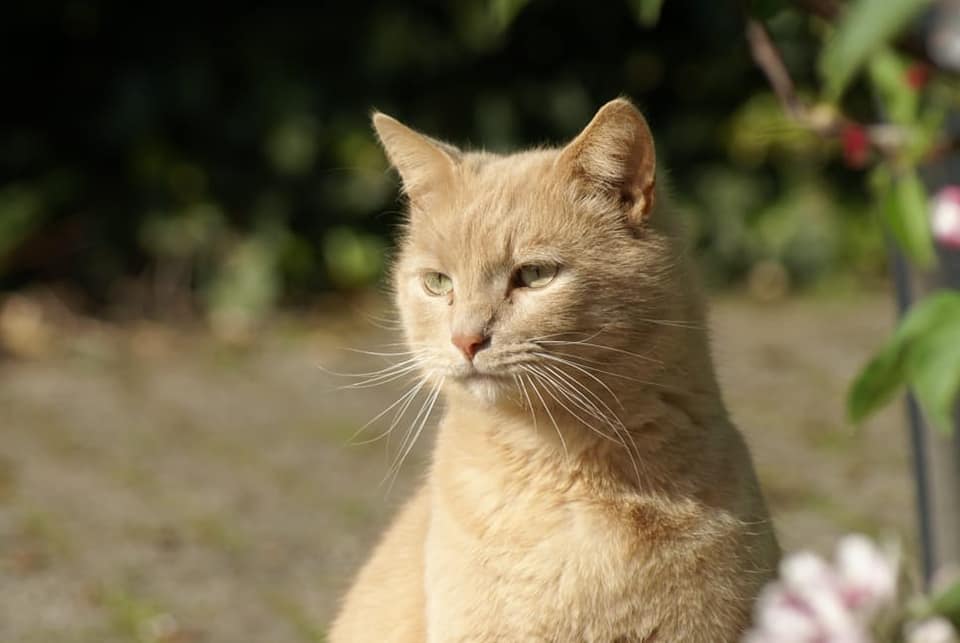

Other remarks
- In its natural state, cats are not supposed to eat pigs or cows, so we can pay attention to that as well and opt for quail eggs or pigeons, fish or rabbits.
- Cats are generally good at regulating their food intake; 30 to 50 grams per kilo of the cat’s total weight per day is generally recommended.
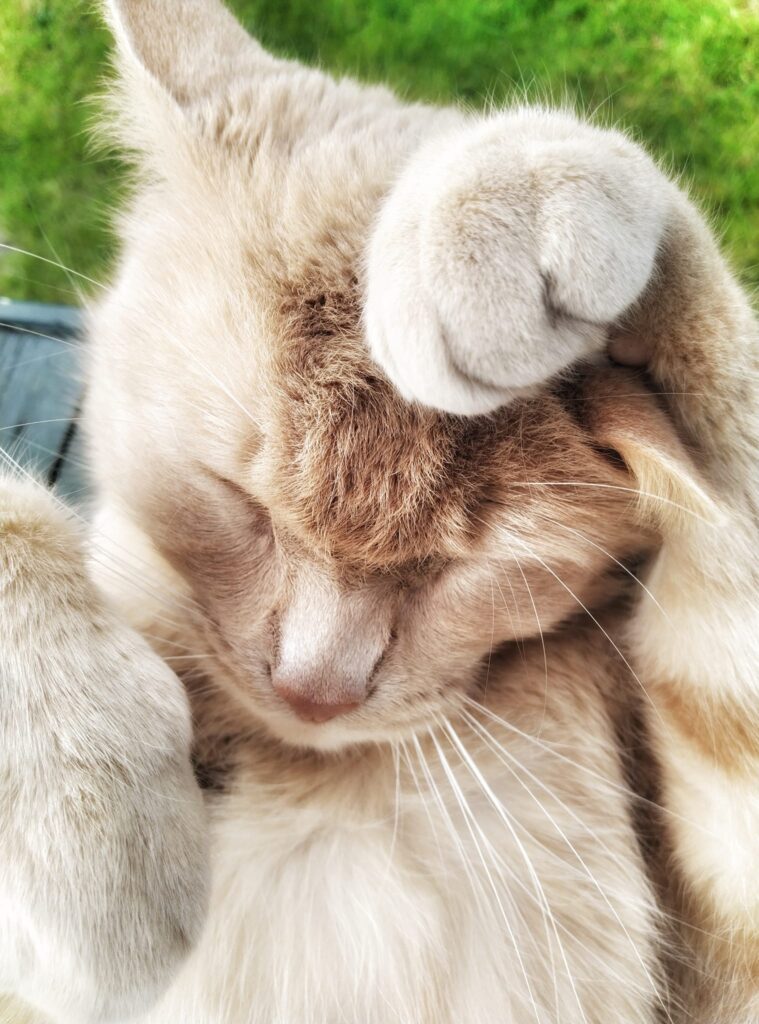
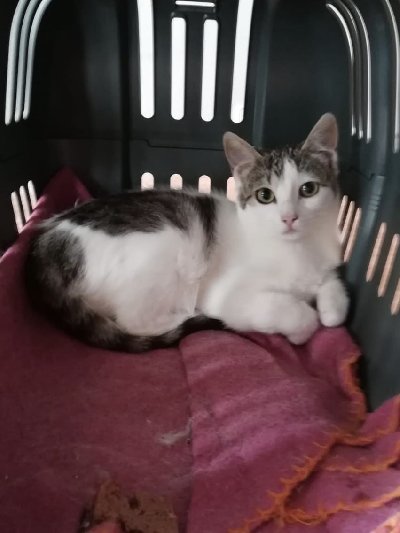
Commercial producers purchase the cheapest cuts of meat and don’t trim the fat. They do not take in account that digesting fat is taxing for cats. Everything is thrown into the grinder. Symptoms such as eye discharge, shedding, matted fur, hair balls can be resolved by reducing the amount of food fed to a cat.
Which meat to choose?
Feeding our animals the meat of other animals can be a moral dilemma for some, especially for those consuming a vegan diet for ethical reasons. The source of the problem lies in the fact that humans have domesticated carnivorous species. Most of the products found in pet foods for domestic cats and dogs often come from parts that are not intended for human consumption. Local farms can be asked if they have any leftovers that are unfit for human consumption. Often, however, these leftovers are used to feed farm animals. It is an everyday conscious choice to limit participation in systems that perpetuate cruel treatment of animals.
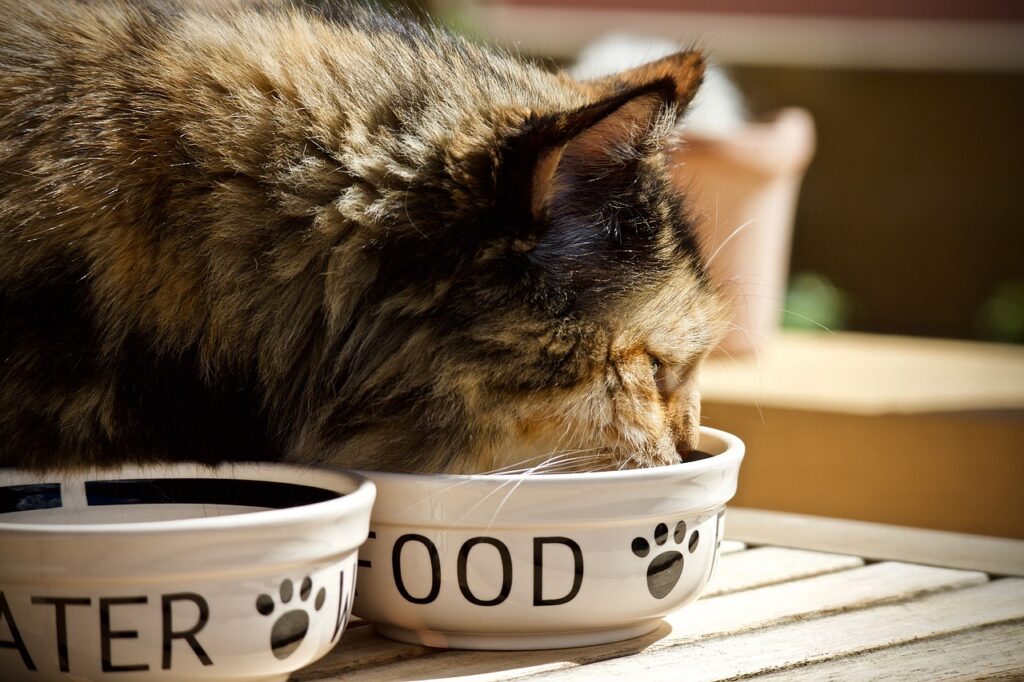
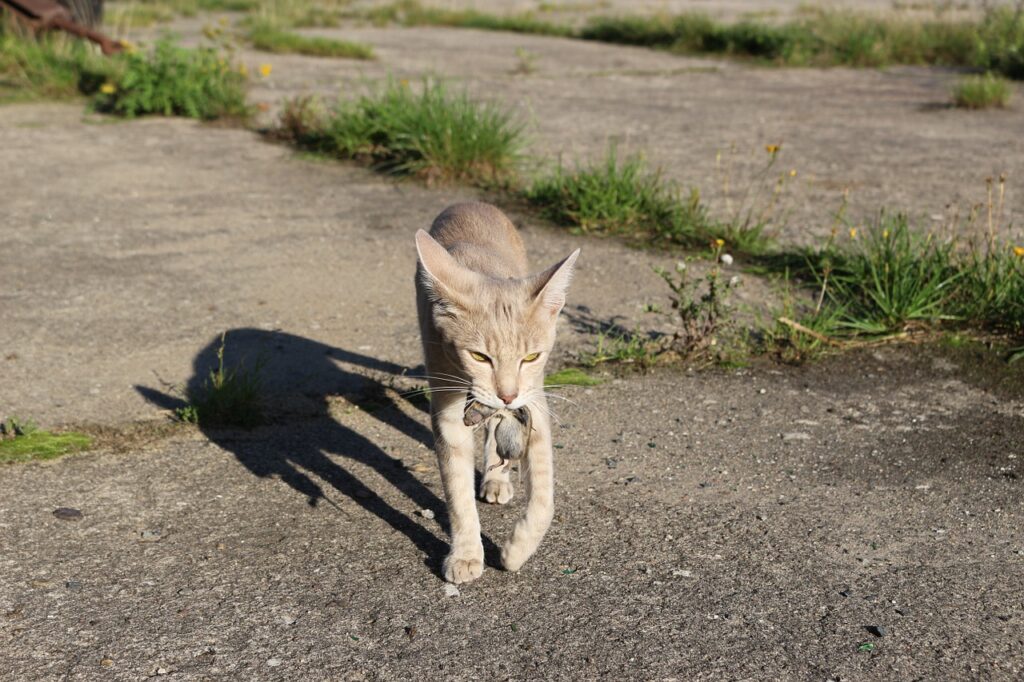
What about parasites?
Because we don’t want to poison our pets, which is a trap of agreement with owners being the ones to buy harmful products and to feed it to their beloved cats, we can substitute chemical anti-fleas for natural anti-parasites, based on natural active agents and Margosa oil, to be applied behind the neck.
On the road to an ideal diet for our dogs
Once upon a time, life in the wilderness
On the contrary to cats who have practically no need for plant foods, dogs are facultative (optional) carnivores, which is close to the omnivore category. They are capable of surviving without a fresh prey for long periods of time. The wild models show us that once puppies are weaned, they frequently go long periods without food while their mother leaves to hunt. They can subsist mostly on pre-digested, regurgitated food from the mother. A lone wolf may find it hard to get fresh meat during winter time and will live on scavenged carcasses. Wild dogs are predators, but they are also opportunistic scavengers. Unlike cats, who prefer their food freshly killed, dogs are physiologically equipped to eat and easily digest rotting carrion. The stomach acid of a dog is 10 times stronger than the acid in a human’s stomach. Their systems get rid of the meat quickly, before putrefaction occurs. Wolves consume less prey during the summer months when other foods (fruits primarily) are available. They tend to eat fresh prey every 2 or 3 days on average. Deduction can lead us to interpret that feeding fresh meat twice a week to a few times per month is quite close to what nature tells us about these species.


What dietary choices for dogs?
Dogs have inborn faculties for ripping, chewing and crushing to get the food pass their small throats. It’s best to avoid mixing proteins and carbs as dogs are not meant to process them at the same time. Digestion is compromised when foods are combined, as the acidic nature of the digestive chemicals required to break down proteins actually neutralize the ones that are required to break down carbs. They digest at different speed and can cause problems if they encounter each other in the digestive tract. Raw vegetables are not really appropriate for dogs, even when pureed so only in small amounts (spinach and lettuce for example). Cooking vegetables can make it more digestible for them. Dogs lack sufficient amylase to break down starch and cellulose and lack grinding molars for chewing. When cooked, starchy veggies like mashed green peas or carrots become more bioavailable. Cooking breaks down the long-chain sugars of these starchy veggies to simple sugars, so they become quite digestible. Sweet potatoes for example are so high in sugars that when cooked they begin to resemble overripe fruit in composition. Yet, fruits are a far better choices for dogs than vegetables. The subject of giving grapes to dogs is controversial and dog guardians get scared if their dogs eat some grapes. I have not noticed negative side effects from feeding my dogs grapes. I work on getting my dogs one hydrating meal a day with their morning fruits since I rarely see them drink.
Around 3 per cent of the weight of the dog is what is recommended for maintenance, a bit more when they are puppies as they are receiving food 2 or 3 times a day. It might be more on plant food days (up to 5 per cent). Plant days can be increased gradually up to 4 to 5 days a week and then, one or 2 day(s) of meat. Most of domestic dogs do not seem to be able to be regulating their food intake. Pets will prefer their food at room temperature. If one tends to feed their pets at random times, it will be easier to fast them. It also helps to cut down the « feed me » demands. In case of health problems, dogs can benefit from being on a water fast.
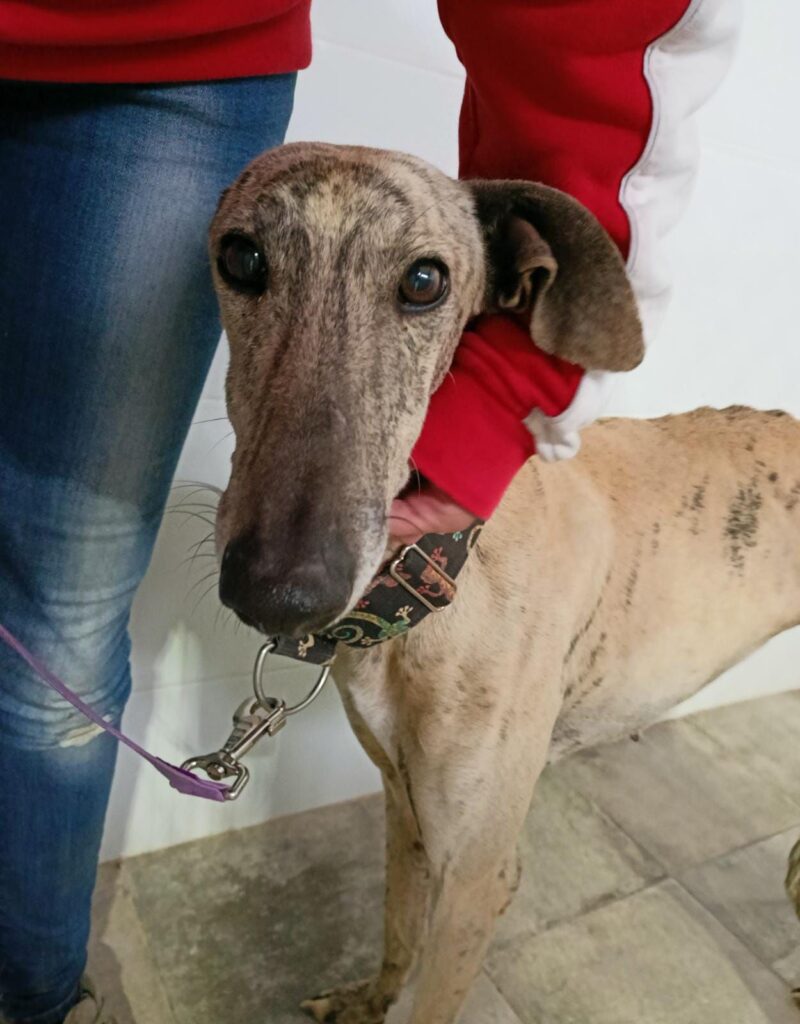
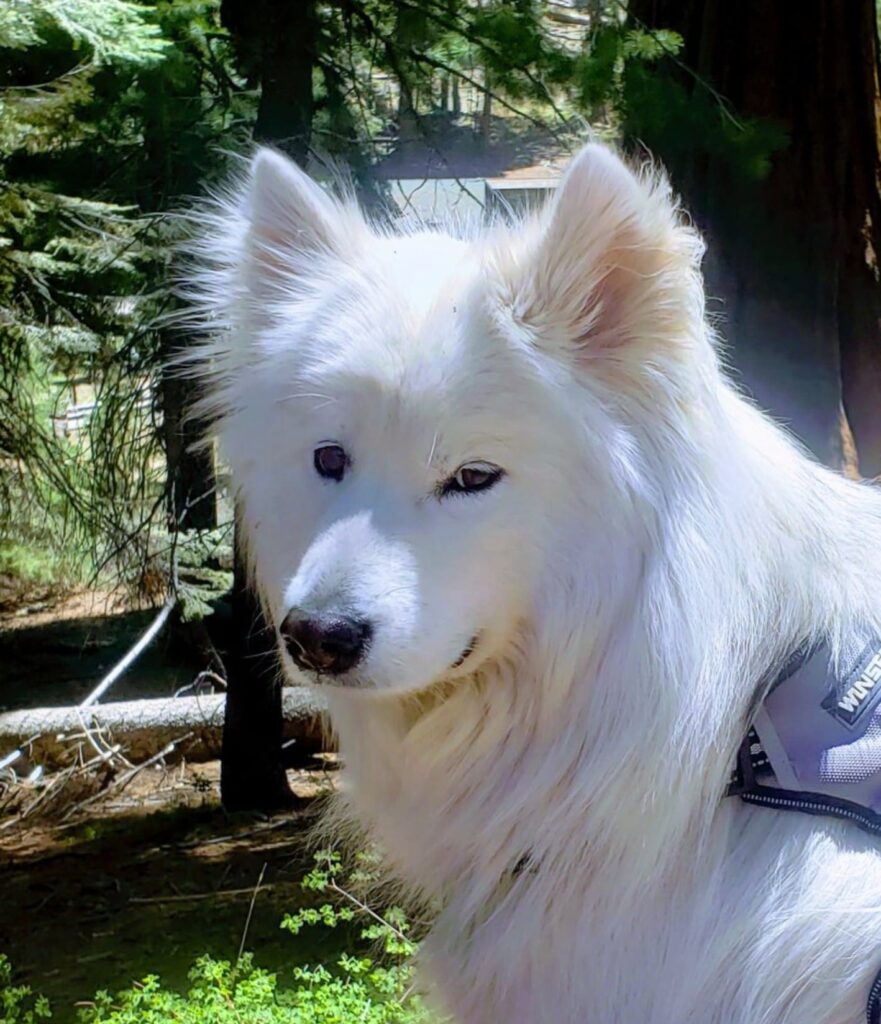
Foods which are perfectly healthy, necessary and digestible in their raw state can become toxic or injurious when cooked, most notably, bones. Meat and bones are not improved by cooking. Beef neck bones can be a form of recreational bones that are meant for teeth cleaning. Recreational treats can be in the form of dehydrated beef or chicken liver. Nuts should not be fed whole as dogs cannot chew nuts sufficiently to allow their bodies to make use of the nutrients. Goat’s milk typically contains 50% fat. Because certain proteins in eggs interfere with the absorption of some nutrients, it is not advisable to feed eggs more than once or twice per week. The yolk is also very fatty. When feeding green tripe from grain finished animals, partially digested grains are being fed. Most of the time, dogs won’t eat cruciferous veggies like broccoli, cauliflower and greens, even when cooked. Dogs will typically pass grapefruits, oranges, raspberries, strawberries or tomatoes. They usually like apples, bananas, blueberries, figs, mangoes, melons, papayas, pears and persimmons. A truly hungry dog will not pass up suitable secondary foods like fruit. Some dogs will accept fruit berries as a treat. Oats, rice and wheat should not be fed as they are too starchy and with a high cellulose content. Amaranth, quinoa and millet are not true cereal grains, they are more like edible seeds. Quinoa is probably the best as it’s higher in protein and lower in carbs. Vomiting and diarrhea are signs that the dog is having trouble digesting what he is currently being fed. A digestive enzyme may be added (it will help the body to break down until the dog has healed sufficiently in order to be able to produce enough acid to digest meat).
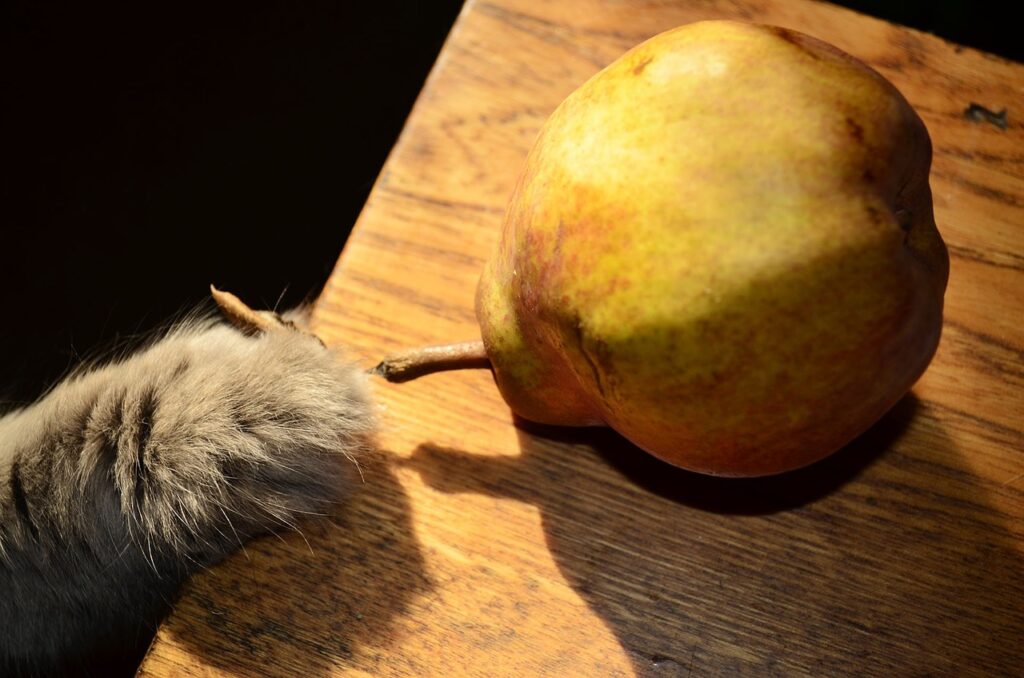
The pet food industry and socialization
In the pet food industry, we find byproducts that are not eaten by humans. They found a way for guardians of animals to pay not only for the fat and waste that is injected in cheap products and deemed unfit for human consumption but also in the form of the vet bills that later come in the game. The introduction of grains into the diets of domestic pets was motivated by economic reasons, not because of their nutritional needs. Industries are non-human entities which generally aim at reducing the cost of their production. The pet food industry is using waste products from different industries (Brewers Rice), inflammatory products (soybean oil) and processed junk ingredients that natural bodies struggle to recognize and process. Manufacturers tend to put indigestible ingredients (oils and a too high fat contain, certain vegetables, supplements, garlic) in their products. All of this is to target the health of real animals. BARF menus are often supplemented with useless nutritional fragments and might be too high in fat. In ground meat, fat can not be removed.
❣





